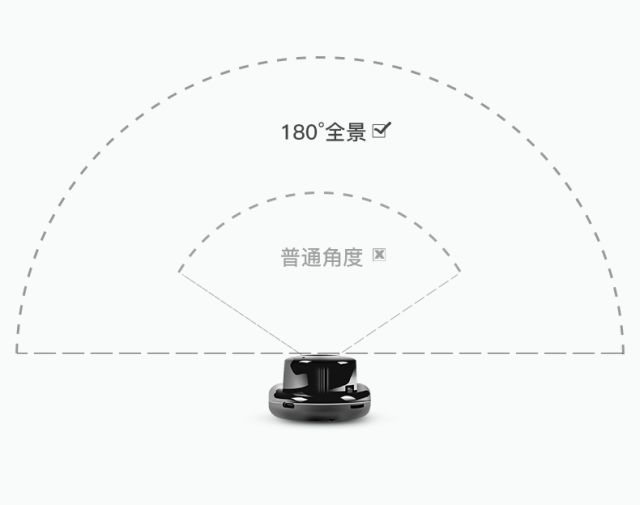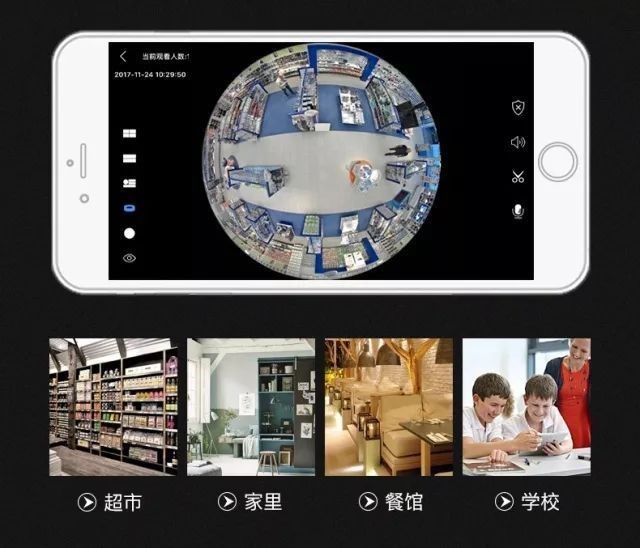Fisheye M12 lens panoramic CCTV surveillance camera
- Home
- Blog
- Industry Dynamics
- Fisheye M12 lens panoramic CCTV surveillance camera
Let’s take a look at the fisheye lens smart camera that is often mentioned.
Concept
What is a panoramic fisheye lens camera?
The panoramic fisheye surveillance camera refers to a surveillance camera that uses an extreme wide-angle lens (commonly known as a fisheye lens) to achieve the maximum photographic viewing angle. This surveillance camera has a focal length of 1.6 mm or less and a viewing angle of 180 ° or more.
Origin of the name
The front lens of a fisheye lens has a short diameter and is parabolic, and the front of the lens is convex, which is quite similar to a fish’s eye, so it is called a “fisheye lens”. Because the lens of the fisheye is spherical.
The fisheye’s visual adjustment depends on the lens’s position moving back and forth instead of changing the convexity of the lens, so it can only see relatively close objects, so all fish are born with myopia, and what human eyes see The scene is very different.
Panoramic fisheye smart camera
Among the panoramic cameras, the fisheye panorama is the earliest and the most mature and simple technology. Generally, the monitoring range of a surveillance camera is small. To achieve a large-scale monitoring, the number of cameras needs to be increased, which substantially increases the cost. The panoramic fisheye surveillance camera has a 180-degree or 360-degree viewing angle, and one can achieve large-area monitoring without blind spots, and it provides the possibility for people to build a monitoring system with the smallest size, lightest weight, lowest power consumption, and largest viewing angle.
There are two common fisheye lenses
One is circular imaging and the other is rectangular imaging. The former can capture a larger three-dimensional angle than the latter. At present, most panoramic cameras use circular imaging. Because its three-dimensional viewing angle can reach 360 ° × 180 °, it reaches the ideal panoramic viewing angle. Like this kind of surveillance camera, people usually choose to hoist to take full advantage of it.
However, the shorter the focal length, the larger the viewing angle. The larger the viewing angle, and the stronger the distortion caused by the optical principle. Therefore, although the viewing angle achieves the best effect, the picture is distorted. And it does not meet the normal visual perception. Therefore, an image correction algorithm is needed to eliminate the distortion of the fisheye lens. and make it an image more in line with human visual habits. As shown in the image below, the center area is highlighted, but the surrounding area image has changed. As the technology of image correction algorithms matures, the effects of such camera distortion become less and less obvious.
The panoramic fisheye surveillance camera has a large monitoring range. In addition to the highlighted central area, if you want to view the details of the surrounding area, you can use the electronic zoom and electronic cruise to view the details of the video screen and have a VR perspective.
If you need any lens consultant, please contact us



